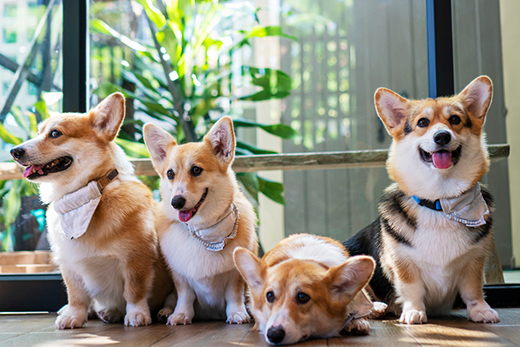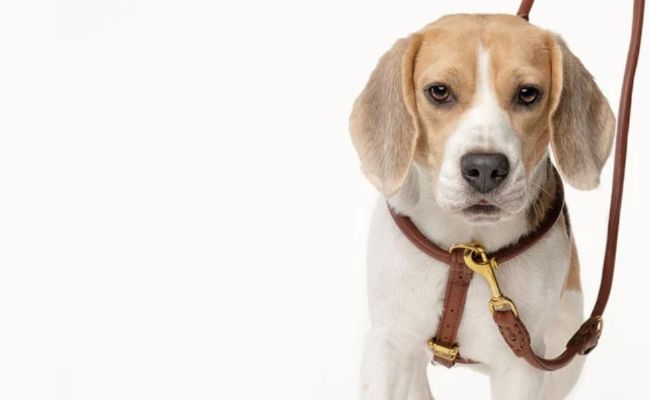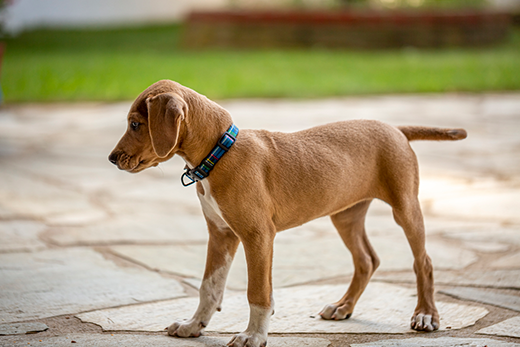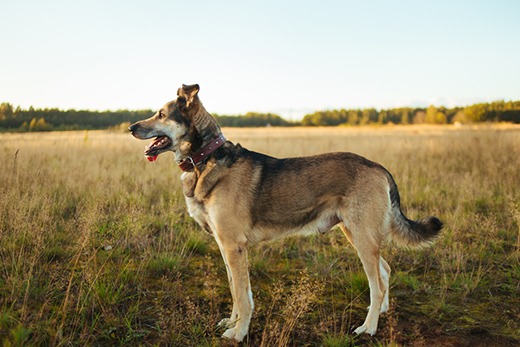
9 Tips For Introducing A New Puppy To Your Older Dog
Bringing a new puppy home is always an exciting endeavor. However, the experience can be filled with uncertainty if you have an older dog. How will the older dog react? Will they get along?
Introducing a new puppy to your household requires patience, understanding, and a well-thought-out approach. Here are some invaluable tips to ensure your canine companions develop a harmonious relationship.
Neutral Grounds First
Making the first introduction on neutral grounds, like a park or a friend's yard, is advisable. This way, your older dog does not feel like the new puppy is invading their territory. After the initial introduction, when you see that both dogs are relatively comfortable with each other, you can bring them home.
Controlled Introduction with Leashes
Equip your older dog and the new puppy with a dog collar and a leather leash. This allows you to have control over their movement during the introduction. Begin by letting them sniff each other while on a leash. It is a dog's natural way of getting to know one another. Keep the leash loose, but be ready to intervene if signs of aggression arise.
Monitor Their Body Language
Dogs communicate volumes through their body language. Look for signs of relaxation, like wagging tails and playful stances. These are indicators that the introduction is going well. On the other hand, if you notice raised hackles, bared teeth, or deep growls, it might be a sign that your older dog is not ready to accept the new member. In such cases, it is essential to separate them immediately and try the introduction again after some time.
Allow Personal Spaces
Even though you want your dogs to bond, ensuring they have their own personal spaces is vital, especially in the beginning. This means separate beds, food bowls, and even toys. Speaking of toys, ensure enough dog toys for both to prevent possessiveness.
Engage in Group Activities
Once the initial introductions have been made and the dogs seem comfortable, engage them in group activities. This could be a game of fetch or a walk around the neighborhood. Group activities will help reinforce the idea that they are now part of the same pack.
Positive Reinforcement Works Wonders
Whenever your older dog behaves positively around the new puppy, reward them. Dog treats can be an excellent way to do this. It reinforces the idea that good things happen when they behave well with the new family member.
Be Patient and Consistent
Remember, every dog is unique. While some older dogs might immediately accept a new puppy, others might take longer. The key is consistency in your approach and a lot of patience. Do not rush the process. Let the relationship develop naturally.
Seek Professional Help if Needed
Sometimes, despite all efforts, the older dog might resist accepting the new puppy. In such cases, do not hesitate to seek the help of a professional dog trainer or behaviorist. They can provide insights and techniques tailored to your specific situation.
Keep Grooming In Check
As the days progress and the dogs become more familiar with each other, they might engage in playful activities like chasing and play wrestling. Ensure that their coats remain tangle-free, especially after such interactions. A dematting brush can be particularly helpful, ensuring both dogs are comfortable and looking their best.



